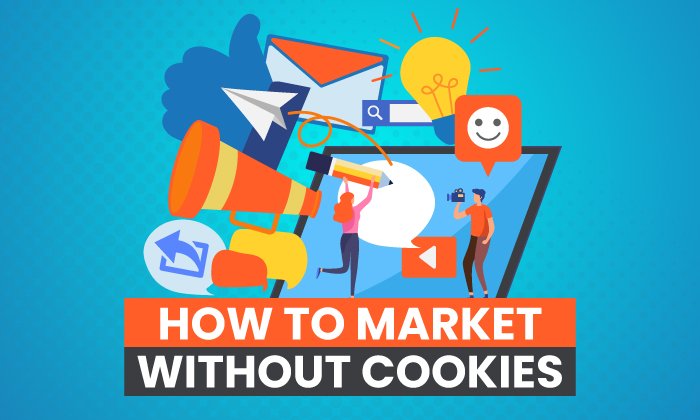The Death of the Third-Party Cookie: What Marketers Need to Know About Google's 2022 Phase-Out

By pbump@hubspot.com (Pamela Bump)
What do marketers and Sesame Street monsters have in common? They LOVE cookies.
For years, brands have been using them to track website visitors, improve the user experience, and collect data that helps us target ads to the right audiences. We also use them to learn about what our visitors are checking out online when they aren’t on our websites.
But the way we use cookies and Google ad-tracking tools could change dramatically with Google’s efforts to phase phase out the third-party cookie on Chrome browsers by 2022.
The third-party phase-out was initially announced in February 2020, but Google accelerated buzz around it this month when they announced that they won’t be building “alternate identifiers to track individuals as they browse across the web, nor will we use them in our products.”
“We realize this means other providers may offer a level of user identity for ad tracking across the web that we will not — like PII graphs based on people’s email addresses,” a Google post wrote.
“We don’t believe these solutions will meet rising consumer expectations for privacy, nor will they stand up to rapidly evolving regulatory restrictions, and therefore aren’t a sustainable long term investment. Instead, our web products will be powered by privacy-preserving APIs which prevent individual tracking while still delivering results for advertisers and publishers,” says Google.
How Marketers and Advertisers are Reacting to Google’s Phase-Out
While numerous advertising agencies criticized Google’s pivot, companies like GetApp have begun to research potential marketing impact. In a recent survey. GetApp, which provided HubSpot with exclusive data, discovered that:
- 41% of marketers believe their biggest challenge will be their inability to track the right data.
- 44% of marketers predict a need to increase their spending by 5% to 25% in order to reach the same goals as 2021.
- 23% of marketing experts plan on investing in email marketing software due to Google’s new policy.
Below, I’ll note a brief history of how the third-party cookie phase-out, and Google’s pivots for tracking security, came to be. Then I’ll highlight a few things marketers should keep in mind as we get closer to 2022.
A Brief History of the Third-Party Cookie Phase-Out
While you might be seeing this news for the first time, we’ve been following it since 2020 and just recently updated this post to reflect Google’s most recent statements.
In February of last year, a Google blog post announced the phaseout ang gave initial reasoning for the pivot. Like the statement noted in the intro, Google similarly explained that this move was being done to protect users asking for more privacy.
“Users are demanding greater privacy–including transparency, choice, and control over how their data is used–and it’s clear the web ecosystem needs to evolve to meet these increasing demands,” the post wrote.
Although Firefox and Safari had already phased out the third-party cookie, Google’s post said that its changes will …read more
Source:: HubSpot Blog








